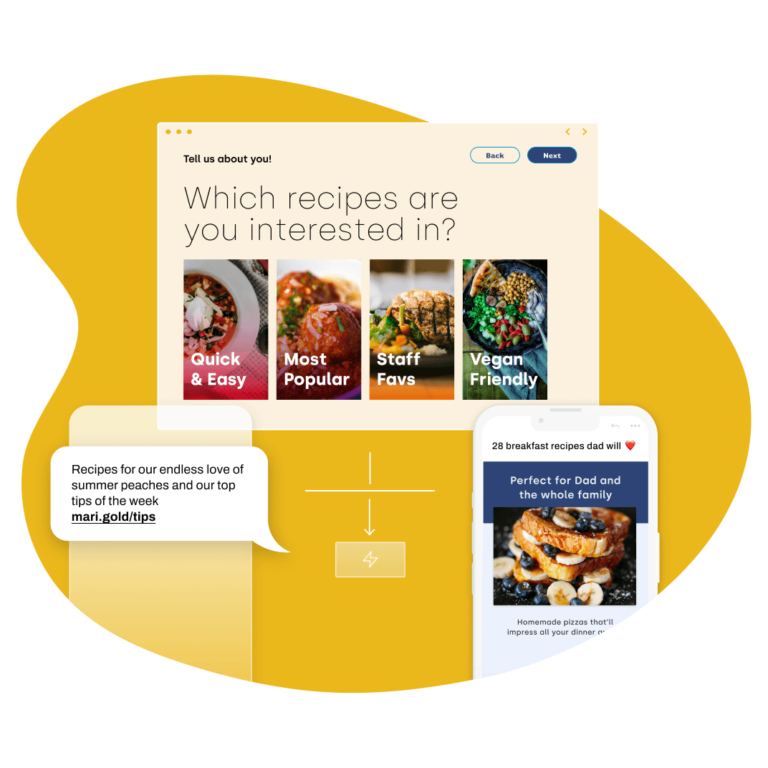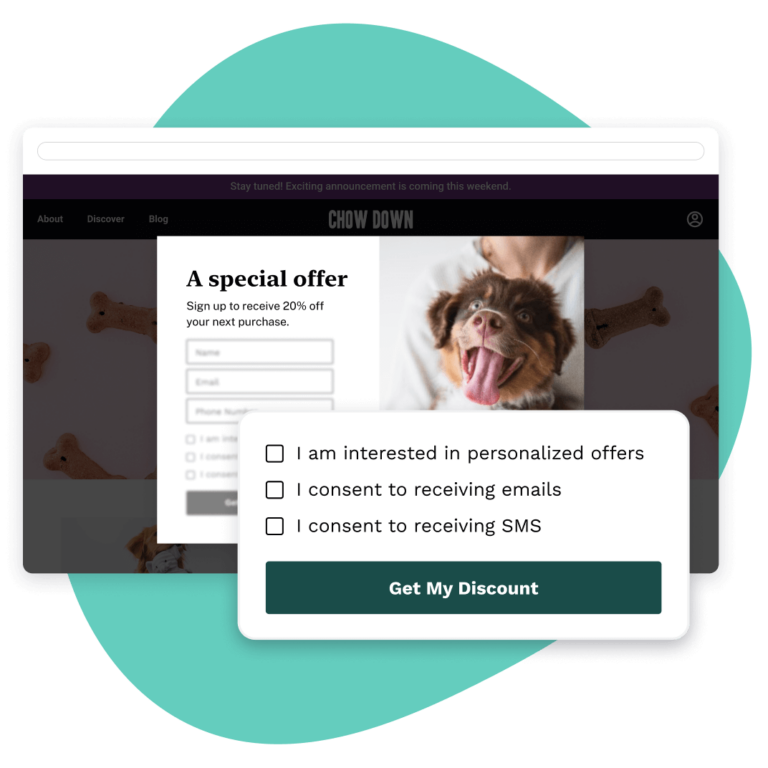Trust is hard to earn and easy to lose. The old way of marketing relied heavily on third-party data and tracking cookies to acquire and target customers with emails and promotions. However, consumers never actually shared that information directly with the brand. People know the value of their personal information and are not going to hand it over without receiving something in return. Marketers know this as the value exchange.

A Guide to Zero-Party Data
Zero-party data collection happens when a person intentionally shares their personal information with a brand because they know they will get value from the exchange. It allows brands to build direct relationships with consumers, and in turn, better personalize their marketing efforts, services, offers and product recommendations.

Consumers aren’t just offering up information – they need to be enticed. Marketers have turned to zero-party data solutions to create interactive experiences that are easy, transparent and valuable. These experiences prompt the subscriber to think about and share their preferences in a fun and engaging way in return for a more personalized experience from the brand.

Questionnaires, polls, quizzes, sweepstakes, product pickers, and social stories are a few ways brands creatively collect individual preference data. Marketers can serve up personalized recommendations for content, products, and services based on interests shared. This takes the guesswork out of campaign planning and allows brands to roll out engaging, interactive ways to get to know their subscribers and customers better.

There is science behind information sharing. Consumers will share their personal, psychographic and behavioral data in return for unlocking content, personalized recommendations, to feel part of a brand’s community, social kudos, and for early or exclusive access to products and services. Using this data, you can create personalized messages and offers you know your customers like. The result? Increased engagement, happier customers, stronger consumer trust, and an increase in subscriptions, conversions and marketing-generated revenue.

Marketers need to make privacy a priority and build consumer confidence in how this data is used. That means collecting only the data required to deliver better personalized experiences and that which a consumer is happy to share with you. Our research shows, 45% of consumers have installed ad blocking technology and 51% of consumers enact privacy mode on their internet browser. Zero-party data collection puts everyone’s mind at ease because customers have willingly shared their preferences with your brand.